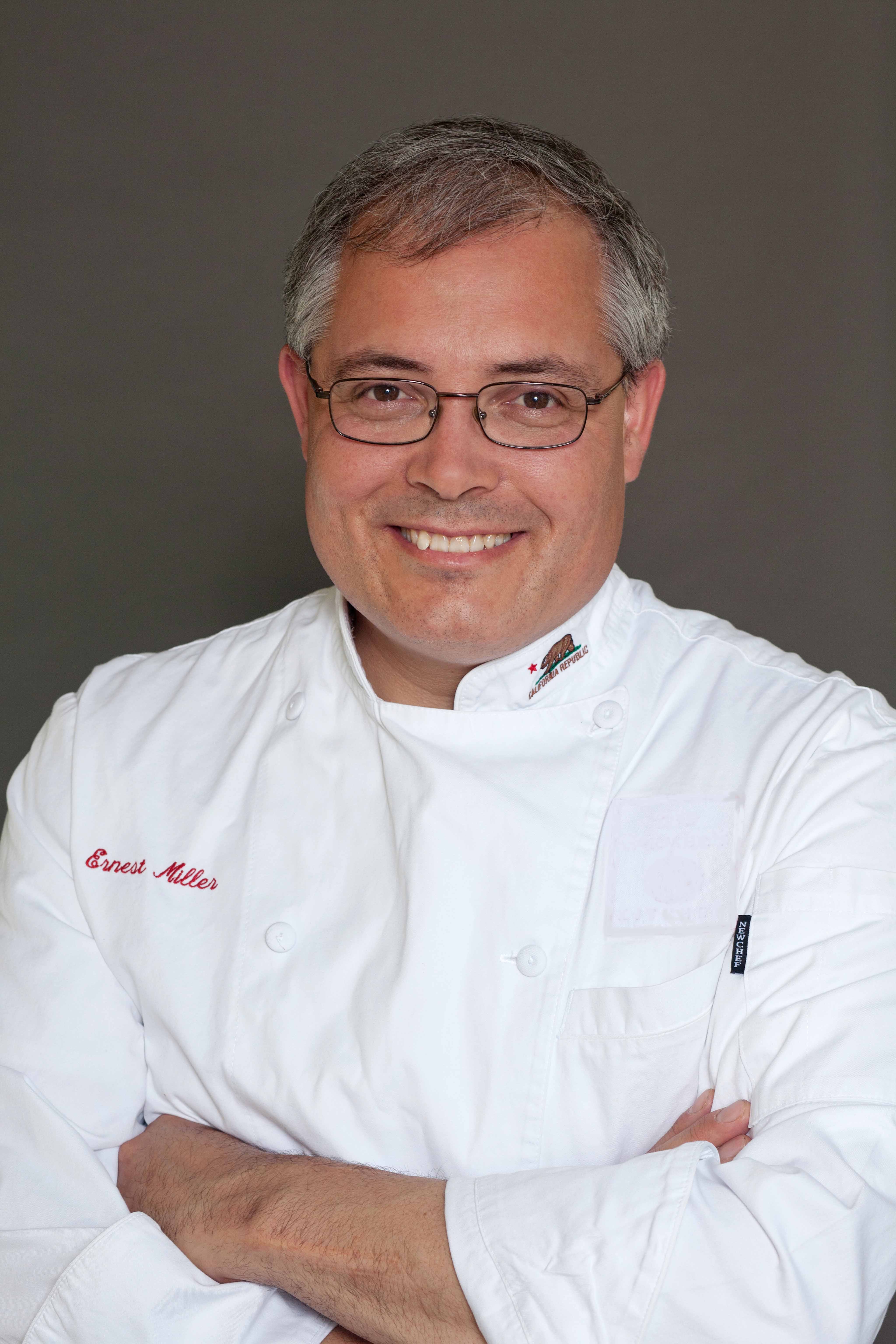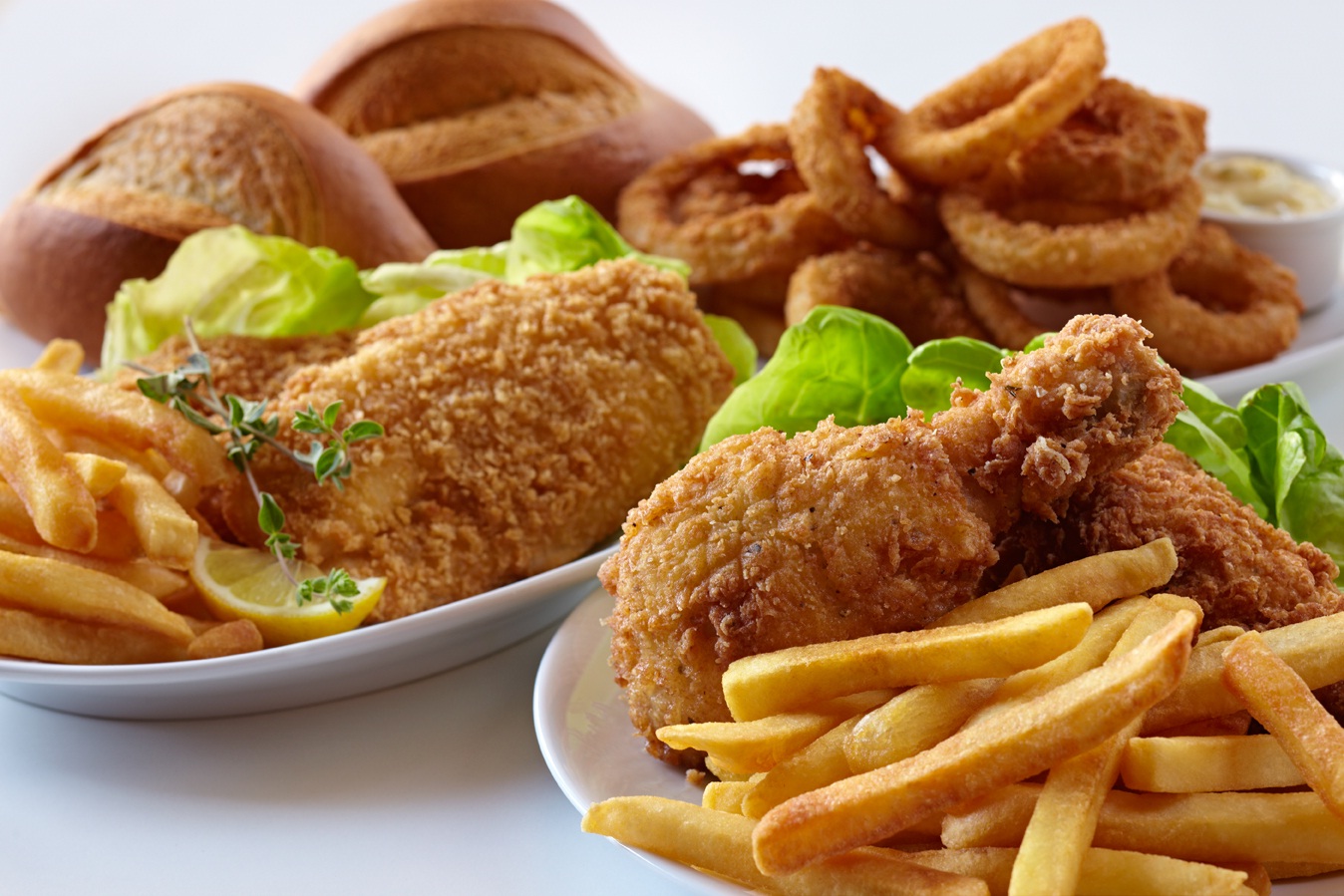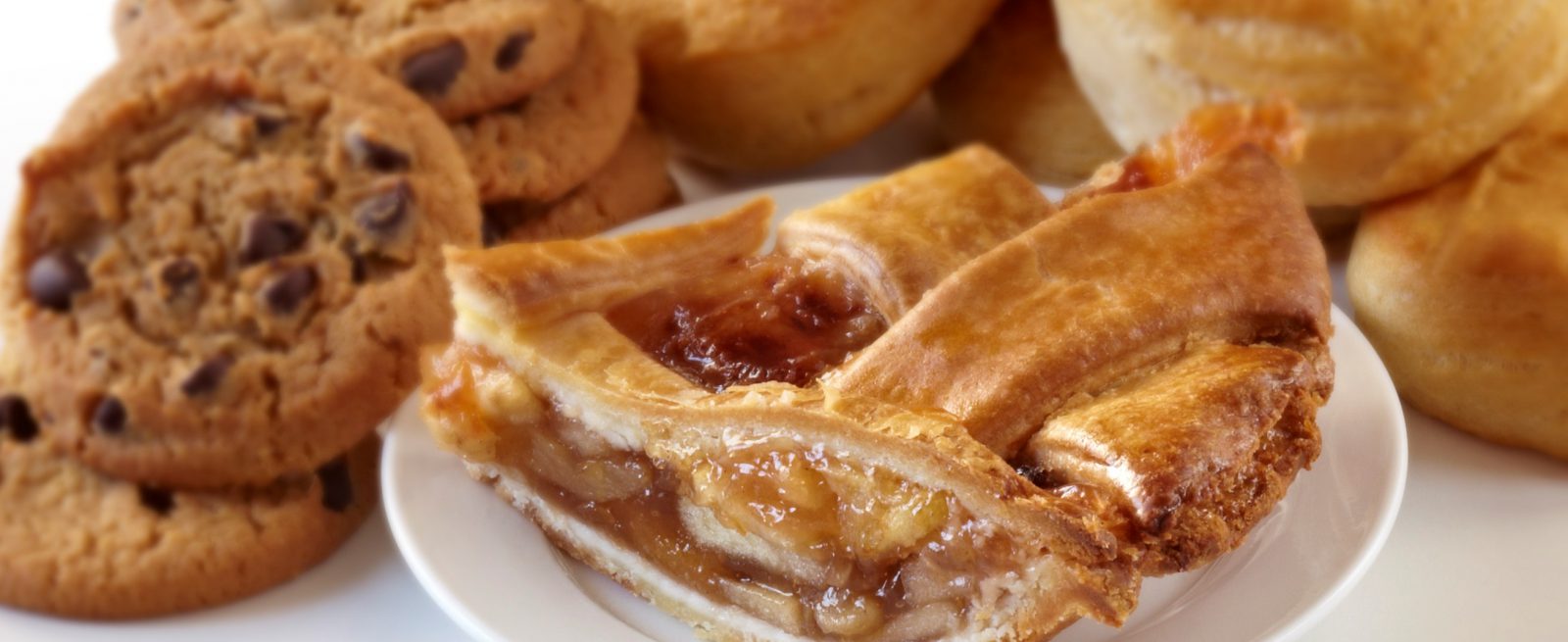MRM Talking With: Chef and Historian Ernest Miller
5 Min Read By MRM Staff
What intrigued you about joining Coast Packing as its first Corporate Chef?
I could not think of a better position than Corporate Chef for Coast Packing. Coast is the Western U.S.’s largest producer of lard and beef tallow, two of the most amazing, versatile ingredients to work with. As a supporter of sustainable agriculture, of snout-to-tail cooking, Coast Packing ensures that no part of the animal is wasted.

Why burn more rainforest to grow palms for palm oil when we can use already available animal fat instead? As a historian, I love featuring our culinary and cultural heritage through use of these traditional cooking fats – especially given that Coast Packing is celebrating 95 years in Southern California. As a chef, I am excited to help bring these healthy, natural animal fats back to the forefront of cooking. I can’t believe my luck that I was offered this opportunity just as animal fats are rapidly increasing in popularity. Fat is flavor and you don’t get much more flavorful than lard and beef tallow.
Why burn more rainforest to grow palms for palm oil when we can use already available animal fat instead?
What are some of your plans for the role?
First and foremost, I intend to be an evangelist for cooking with lard and beef tallow. Wherever there is an opportunity to teach about the advantages of healthy, natural animal fats, whether for restaurants, manufacturers or consumers – I’ll be there.
Just as important, we are building a test kitchen here at Coast Packing where I will be able to develop original recipes, create video and other media teaching how to use our product and showcase the versatility of these ingredients. The kitchen will also serve as a laboratory, where we can perform testing to demonstrate quantitatively the advantages in quality and economy of using lard and beef tallow in cooking.
What are common misconceptions among chefs and diners about minimally processed animal fats?
The biggest misconception is probably that saturated animal fats are unhealthy. Unfortunately, following the low-fat diet craze of the 1980s, many consumers and even chefs came to fear fat, especially unjustly demonized “saturated fats.” Related to this is the ill-considered belief that, somehow, industrial chemically-processed vegetable seed oils are healthier for you. Even today, when better science has shown that natural animal fats are an important part of a healthy diet and lifestyle, old beliefs die hard.
What factors are contributing to minimally processed animal fats’ growing popularity? Do they appeal to any specific demographic or location?
There are many factors contributing to the growing popularity of lard and beef tallow: sustainability, health benefits, a desire for tradition and authenticity, and let us not forget an increasing emphasis on the importance of flavor and quality.
We definitely see more interest among Millennials and Generation Z, who were less likely to be raised in an environment where low-fat propaganda dominated. In addition, communities where lard and beef tallow are traditional cooking fats, such as the Hispanic and Asian communities in Southern California, continue to use them. Finally, we see the followers of a number of popular diet trends, such as low-carb, Paleo, Keto and Atkins, taking advantage of animal fats for cooking.
What are some ways chefs can incorporate minimally processed animal fats in a menu?
There are a near infinite number of ways to use these versatile ingredients, but probably the two best are to use lard in baking and beef tallow for deep frying.
Lard has long been recognized for the amazing flakiness it gives to pie crusts, pastries and other baked goods. Beef tallow is, of course, the premiere fat for deep frying. There is a reason that McDonald’s French fries achieved such a level of renown – until 1990, they were fried in beef tallow. My rallying cry: “Make French Fries Great Again!”

Moreover, in addition to their physical cooking properties, both bring a generous amount of flavor, in the form of umami, to any dish.
What are some of your favorite examples in food history and why is it important for people to have an appreciation for the history of food?
Food makes us who we are both literally and figuratively.
Food is the foundation of civilization. Without the rise of agriculture, there would be no history at all. And although the history of food is not as glamorous as say, military history, it has, in many ways, had a greater impact on humanity than almost any other aspect of history.
Even the simplest things often have a fascinating story. Fish & chips – which we think of as British – actually traces its roots back to a Medieval Arabic dish: al-sikbaj. This was a vinegar lamb stew with sweeteners and spices. As the dish made its way from the Fertile Crescent to the Mediterranean, fish were substituted for lamb, with the fish frequently fried prior to being marinated in vinegar.
In Spain al-sikbaj thus became escabeche. From there the dish was brought to Northern Europe in the 16th century by Jewish refugees from Spanish persecution. This fried fish, “in the Jewish style,” would be married with fried potatoes in the 19th century to create the “English” classic. Heavy on the malt vinegar for me, please. And don’t forget to fry them in beef tallow, the original frying medium for this dish.
Can you elaborate on this: “Food is never just food – it always has a narrative.”
There are many ways that we get culture: music, science, art, literature, but there is only one sort of culture that we get daily, usually multiple times a day, and that is food culture. As the saying goes, you tell me what you eat and I will tell you where you’re from. Food makes us who we are both literally and figuratively. Food is also how we learn about others. It is often our first and most important means of accessing a different culture.
You may not be familiar with traditional Japanese koto music, but chances are you enjoy sushi on a regular basis. Every plate, every dish, has a story to tell. As a culinary instructor I often asked my students what story did they intend? When we prepare a meal, we must remember that we are feeding not only the body, but the mind and soul as well.
What are some other trends you are seeing on menus?
One of the other trends I’m excited to see is America’s growing appreciation for traditional cooking, especially in such areas as lacto-fermented foods like sauerkraut, kimchi and kosher dill pickles.
What are challenges for the restaurant industry of today and tomorrow?
Unlike many other industries which are increasingly automated, the hospitality industry, especially restaurants, will still rely on significant amounts of manual labor for the foreseeable future. Thus, all the issues related to the conditions of employment in a modern economy will, I think, become an ever greater part of management’s challenges.
What do you love about products such as lard and beef tallow?
What’s not to love? These are classic, traditional, time-honored ingredients – real food with a history that dates to the earliest civilizations. Real food that is wholesome, nourishing, healthy and inspiring. I am privileged to be able to share my passion for lard and beef tallow with the world.

